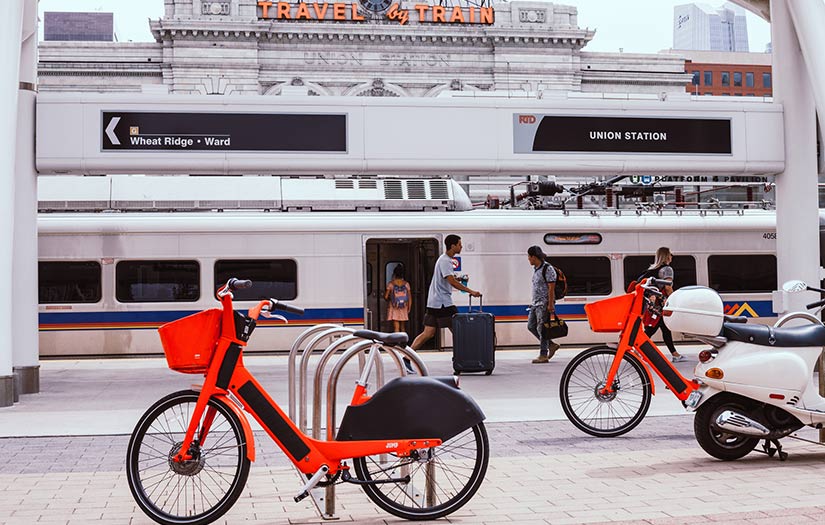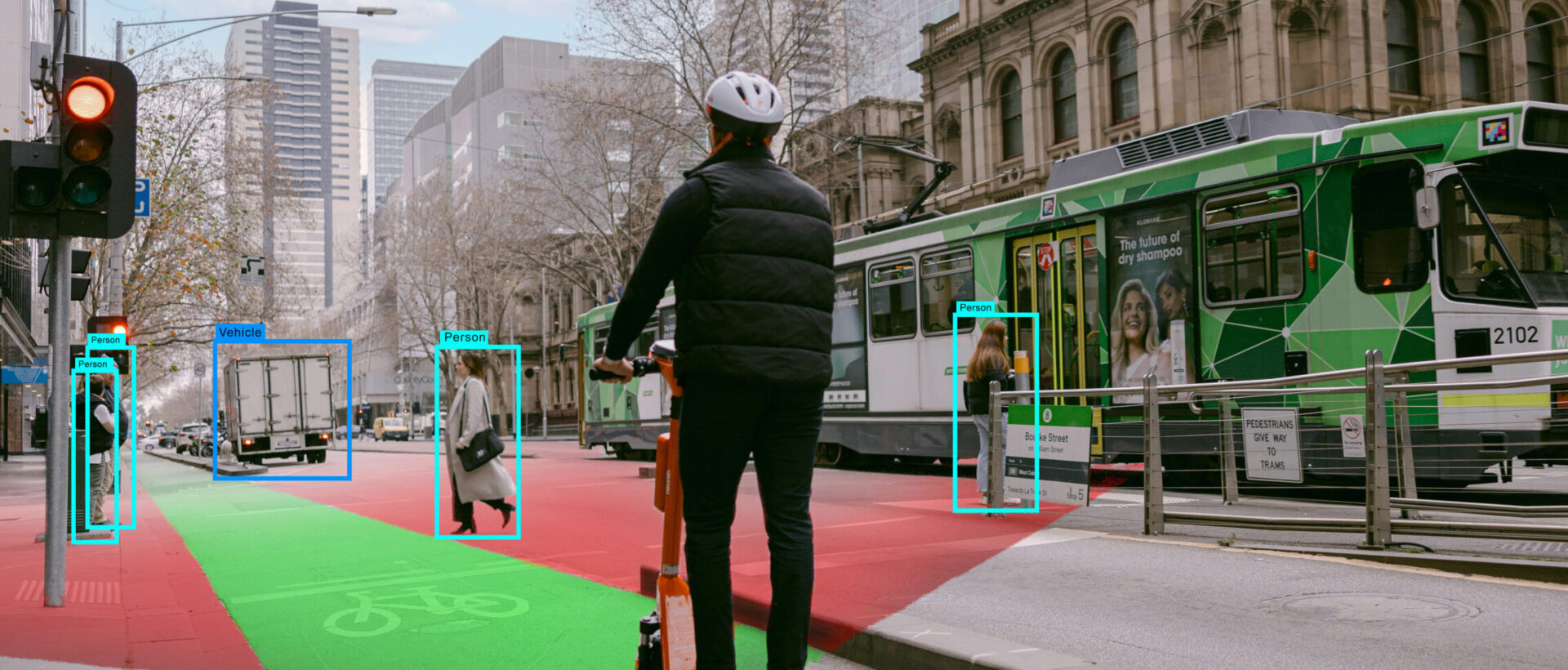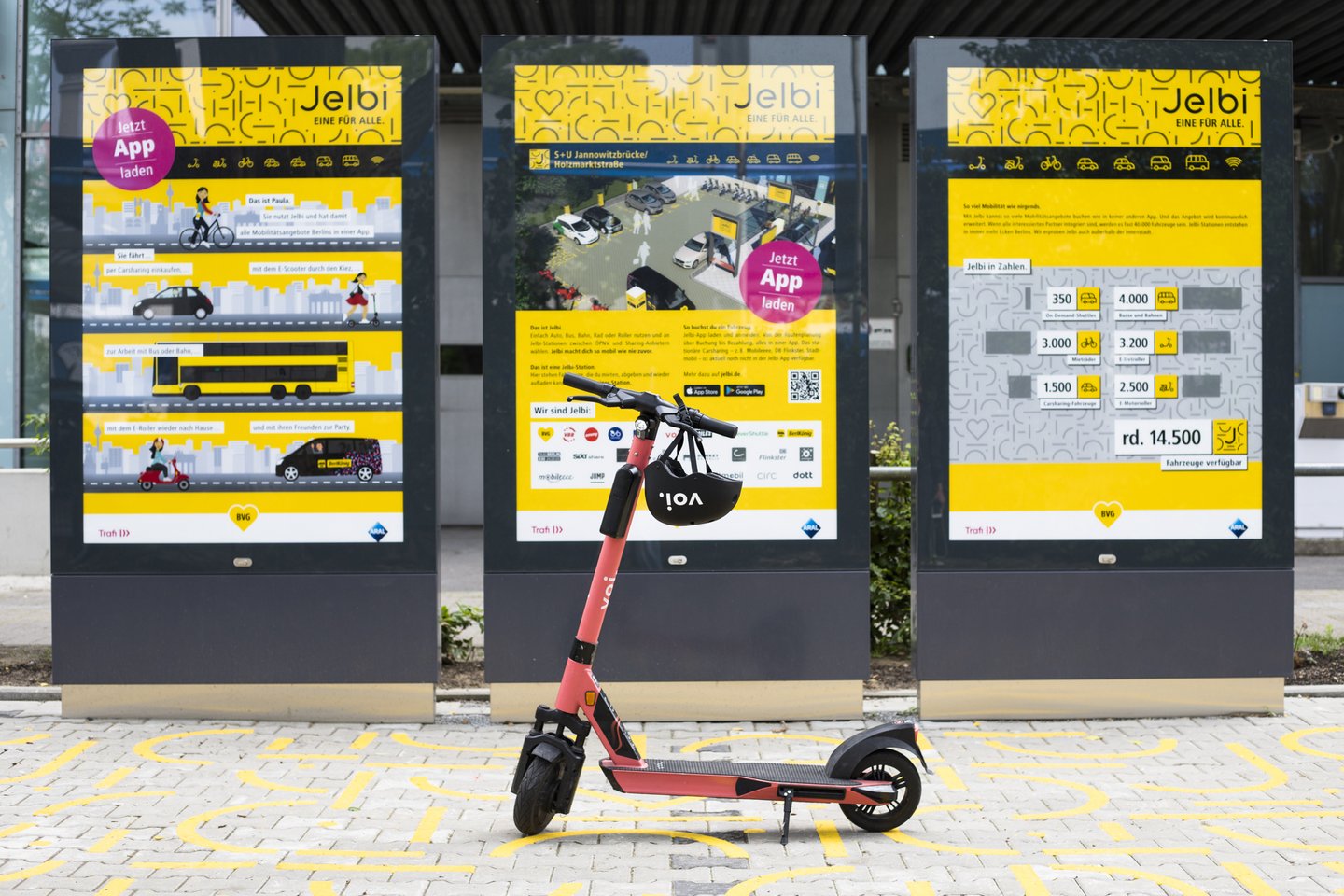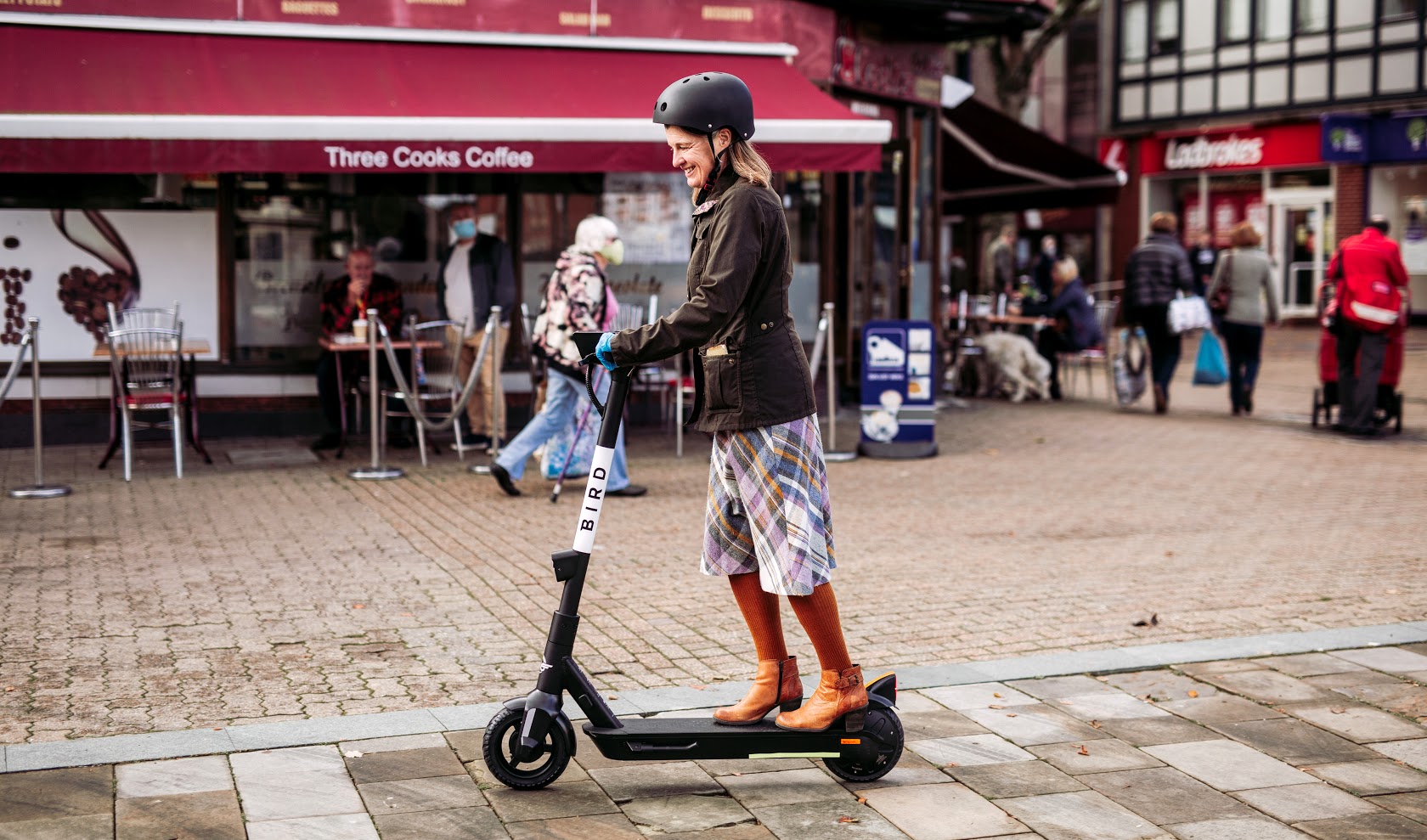Driven by the growing popularity of shared micromobility, which typically involves the use of electric bicycles and scooters, as well as regular bicycles, a research team from the National Renewable Energy Laboratory (NREL) is exploring the energy impacts of such travel modes versus the conventional modes they may replace.
NREL Transportation Behaviour Analyst, Andrew Duvall, said:While shared micromobility has only been in the limelight for a few years, its adoption is skyrocketing across the nation. As we foray into the next decade of integrated, electric, and sustainable mobility, our research team set out to get a better understanding of the role that micromobility could play in the bigger energy and mobility picture.
Micromobility: The Next Sustainable Urban Mobility Solution?
What percentage of car trips may be suitable for replacement by micromobility? What are the possible energy impacts of various levels of adoption? Which micromobility mode has the biggest energy saving potential? To answer these and other questions, NREL analysed four different levels of shared micromobility adoption using travel-demand data from the National Household Travel Survey at the national and city levels.
The shared micromobility modes studied were electric-powered bicycles (e-bikes), electric-powered standing scooters (e-scooters), electric-powered seated scooters (seated scooters), and manual-powered bicycles (m-bikes). To capture the impacts of shared micromobility on various forms of travel, the study focused on three trip types: short trips (e.g., distances shorter than 3 miles), access/egress for transit trips (e.g., from home to the nearest bus station), and micromobility-induced new transit trips (e.g., a trip taken by transit instead of driving, due to the ease of using micromobility with transit). Scenarios included low, moderate, and high levels of micromobility adoption for motorised and non-motorised trips.
NREL researcher, Bingrong Sun, said:Because adoption scenarios may fluctuate from city to city, we conducted a sensitivity analysis to generalise the results so that cities with different characteristics for shared micromobility could get an idea of the range of energy impacts. City authorities and planning agencies can use this insight to support decision-making regarding the scale of operations for this emerging mode.
Analysis Identifies Most Eco-Friendly Mode Alternatives
Results indicate that at peak adoption, shared micromobility can reduce energy consumption for passenger travel by 1% at the national level and 2.6% at the city level, with micromobility-induced transit trips identified as the largest contributor to the energy reduction.
NREL researcher, Alana Wilson, said:In fact, NREL's study estimates high adoption of shared micromobility can save 2.3 billion gasoline-equivalent gallons per year nationwide. E-bikes showed the greatest energy-saving potential from both the national- and city-level analyses, showing a potential annual savings of 805 million gasoline-gallon equivalents in peak adoption scenarios.
E-scooters, which are currently the most prevalent form of micromobility, suggest the lowest energy impact across scenarios, with a potential annual savings of nearly 305 million gasoline-gallon equivalents in peak adoption scenarios. This signifies that the final energy impact from micromobility is a trade-off between energy intensity and the proportion of current trip modes a micromobility vehicle can replace.
Rise of Micromobility Drives Desire for More Understanding
Bingrong Sun, said:This is the first comprehensive analysis to our knowledge of the potential energy impacts of shared micromobility. This is just the beginning—we're still at the precipice of understanding what new doors shared micromobility can open.
Future research may explore the impact of weather on micromobility as a mode choice; the energy-saving potential of private micromobility; the life cycle of micromobility vehicles; and the indirect effects of micromobility adoption—such as reduced congestion due to less car-based travel or traffic speed decreases caused by the integration of micromobility vehicles into the traffic flow.
This article was originally published by NREL.











